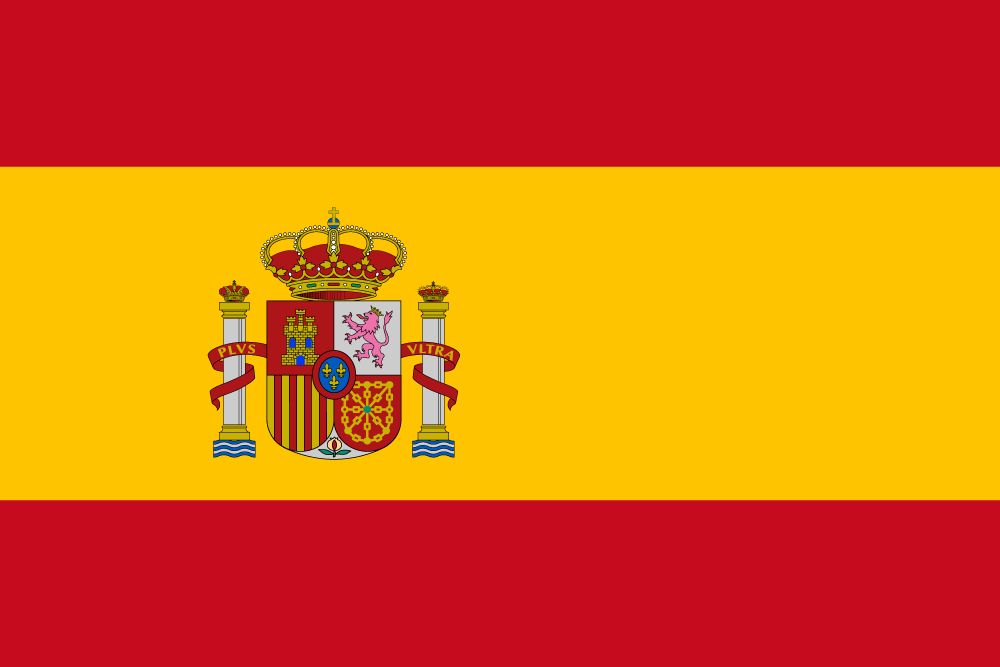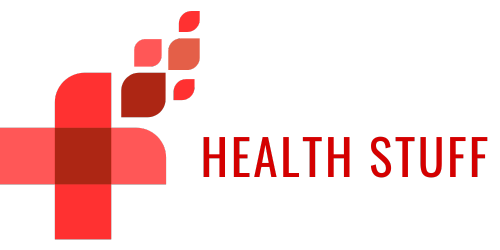Reinvent your care model and leave paradigms behind
Change the way you communicate with your patients using brand-new, innovative digital technologies
Old paradigms and care models can hold back the work and efficiency of your clinic. To increase your patient outreach as well as patient satisfaction and communication, you need to focus on reinventing your care model with new, innovative ways in the form of digital tools and technologies. In this article, we are going to take a look at how you can utilize these new digital tools to leave paradigms behind and focus on the future.
Why reinventing your care model today matters the most
As the world of technology is constantly developing and advancing, so are many industries that revolve around it. Nowadays, more and more clinics and healthcare centers are moving towards digitalization. Various new digital tools, apps, and technologies are being utilized in ways in which they were never used before. Clinics are trying not only to make their services better and more accessible but also to allow patients easier access to these healthcare services and maintain communication with them easily.
Clinics working hard to leave behind old paradigms are trying different methods of increasing the efficiency of their outreach and communication with patients. Today, this is more important than ever due to an ever-increasing number of patients around the world, mainly because of the global pandemic. However, what are some of these older care models that need replacing and how show they be replaced? Let's take a closer look.
Call centers as paradigms worth leaving behind
One of the best examples of things that need quicker replacement are call centers in the world of healthcare. To begin with, we should mention that call centers are not inherently bad but they have not been utilized properly, especially in communication with patients. Many clinics around the world use call centers. Some are big and some are small, but overall, all call centers work in similar ways. So, why are they worth leaving behind and replacing with new technologies that are completely digital? Well, call centers are inefficient, expensive, hard to maintain, and cannot deliver information to patients instantly.
Call centers also need to have well-trained agents who know how to communicate with each patient and also deliver the exact information needed right away. However, this is not possible in most scenarios. Patients often rely on time-sensitive information but call centers usually have long waiting times. What's more, sometimes patients have to go through multiple agents only to get to the one who can give them the information they need for their medical journey. This is not only the case with call centers in the world of healthcare but in other branches as well.
The complexity of call centers is also something that usually holds back many healthcare clinics. Overall, much of the information patients need can be delivered quickly and efficiently using digital, automatic communication backed by AI. We will discuss more of this later in the article. Now, let us take a look at another standard paradigm often used in healthcare that is becoming increasingly obsolete with the constant development of technology.
Regular chatbots are becoming obsolete
Chatbots have been long used in the world of healthcare. This kind of AI functions as a FAQ conversation rather than as a useful health assistant which is why it belongs to old paradigms that are now slowly being replaced. The regular AI that powers chatbots have a given set of answers to a limited number of questions. Outside of that, it is impossible to maintain or communicate with chatbots. Chatbots are not able to perform other tasks regarding scheduling, rescheduling, and so on. So, what are the alternative solutions, or rather, what are some of the new paradigms that can be used?
How AI helps your patients easily access your clinic and services
While chatbots are powered by AI, there are distinct differences between a regular chatbot and an AI-powered by a natural language processing engine that is fully built for healthcare interactions. One such example is the innovative NLP engine called Patricia developed by Eniax. Patricia approaches communication differently and enables patients to feel as if they are talking to a real person. More importantly, this kind of conversational AI that constantly learns and develops makes call centers redundant as it efficiently communicates with patients through digital apps and services and delivers timely and accurate information. Moreover, patients can communicate with Patricia from the comfort of their own homes, at any given time of the day. Unlike call centers, this kind of AI does not have working hours and functions 24/7.
This kind of AI can perform other tasks as well and allow patients to confirm appointments, make new appointments, reschedule, check their doctor's agenda, and much more. When it comes to communication, it is so effective because it learns, gets updated, does not make mistakes, and uses regular language in communication with patients. AI that powers various different digital services can allow your clinic to expand its reach and make it easier for patients, even in remote areas, to gain access and easily communicate with your clinic.
In summary
To conclude, clinics around the world are constantly looking to improve their services and communication with patients. After all, the satisfaction of patients truly rates a clinic. So, old paradigms and care models need to be reinvented and improved. Call centers and chatbots are such examples and they are actively being made obsolete by natural processing engines such as Patricia who can flawlessly maintain communication with patients, deliver accurate information instantly, answer numerous questions, as well as perform other tasks.
 English
English Español
Español
